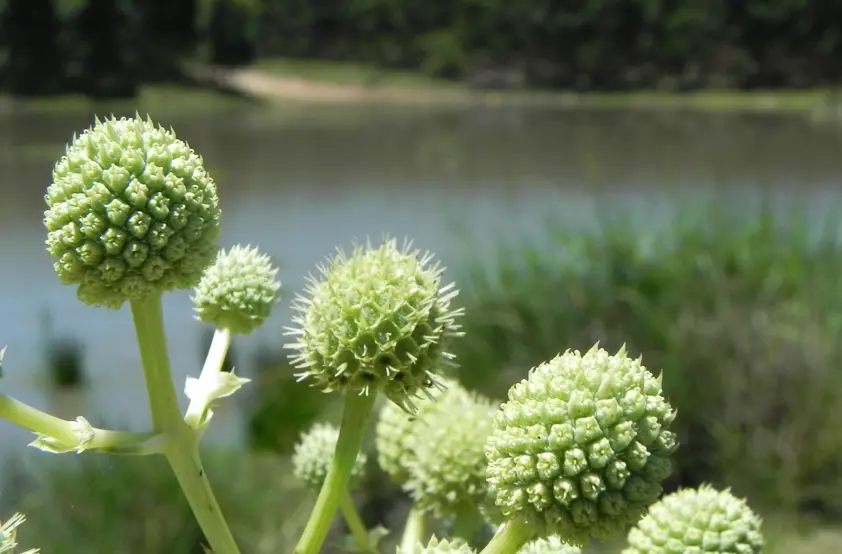“The Forestry Law had a very clear dual strategy. On one hand, the aim was to promote plantations and, on the other, it incorporated very strict regulations to protect native forests. This law is still applicable today,” confirms Ricardo Methol, Manager, Technical Development and Planning, UPM Forestal Oriental.
The planning of land use is the most essential phase for the successful and long-term sustainability of forestry activities. During this phase, suitable areas for forestation are identified and distinguished from conservation areas.
Thanks to this careful planning, the plantations, grasslands and native reserves coexist in perfect harmony.
“For example, we have created an important network of conservation areas to protect valuable natural environments like native forests, grasslands and wetlands around the plantations. Around 35% of our land is under natural vegetation and these areas are interconnected through biological corridors,” he explains.
Methol stresses that the legislation and plantations have definitely managed to reduce pressure on native forests. In fact, he says, the share of native forests has slightly increased over the last three decades, now covering around 5% of the country’s total land. Uruguay is the only country in Latin America where the amount of native forests has not reduced but instead increased.
“The growth rates and tree form of our native forest species are not suitable for industrial use (e.g. sawmills). Households have been using them for private purposes and collecting firewood. Nowadays firewood also comes mainly from plantations. In Uruguay we do not have rainforests,” he adds.
Eucalyptus trees do not use groundwater nor do they reduce groundwater recharge. Trees augment the infiltration capacity of the soil that is very important to sustain base water flow for a longer period after rainfall.
“We have executed several studies together with universities and independent researchers. According to these studies, while eucalyptus plantations can reduce the superficial water runoff in comparison to grasslands, they do not affect the ground water levels or their recharge. Diminished surface runoff reduces erosion and nutrients reaching water courses,” explains Methol.
“We are not concentrating only on wood production and environmental issues in our plantation operations, but also have a very strong social responsibility agenda with active stakeholder engagement in the local communities,” says Methol.
Related articles:

